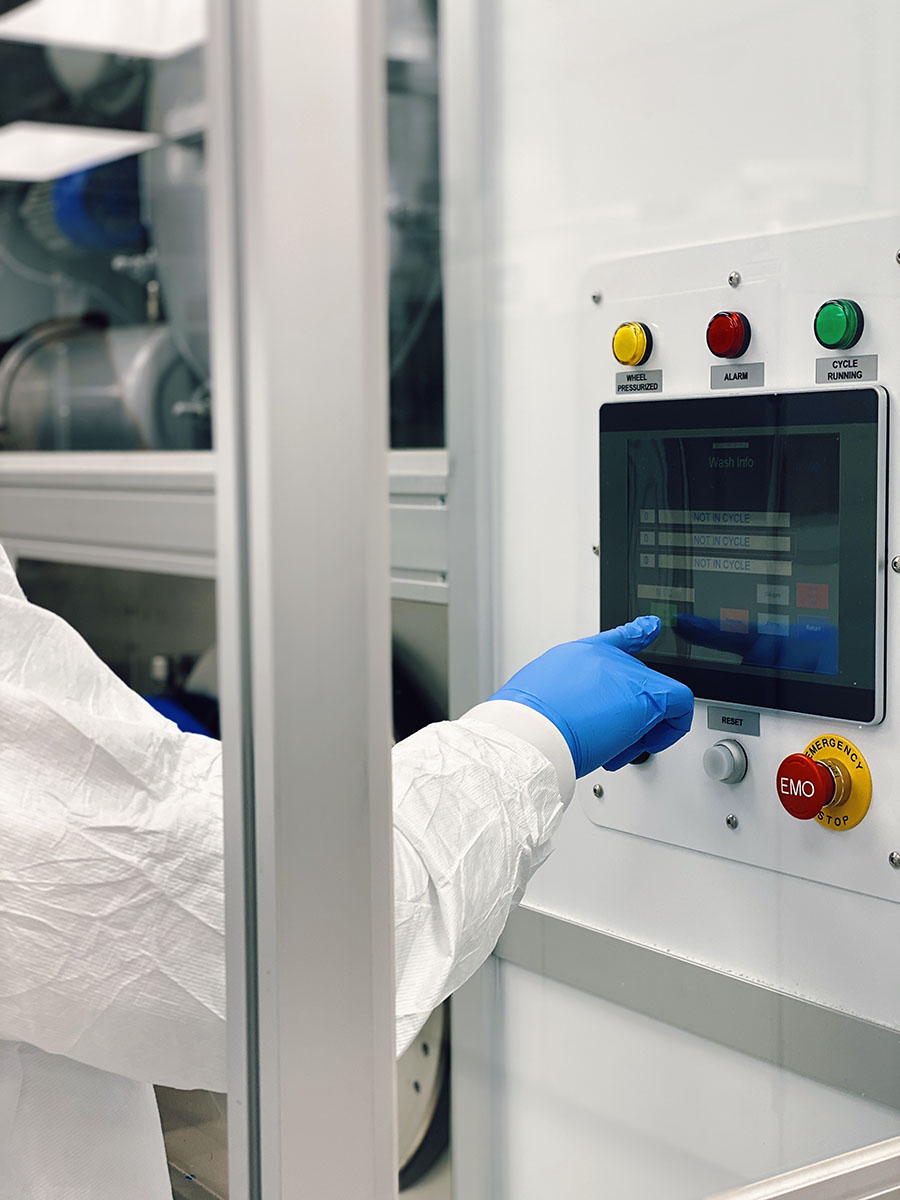By: Emergency Technical Decon Team
The evolution of bunker gear reflects decades of innovation, necessity, and dedication to firefighter safety. What began as little more than wool coats and leather helmets has transformed into multilayered, high-performance protection capable of withstanding extreme heat, chemical exposure, and hazardous environments. Each advancement in materials and design tells a story—not only of progress, but of the ongoing need to protect those who risk their lives for others.
Understanding how bunker gear has evolved provides crucial context for today’s discussions around firefighter safety, decontamination, and future innovation.
Early Firefighting Equipment: Cotton, Wool, and Leather
In the early 1800s, organized firefighting in the United States was still in its infancy, and so was the gear. Firefighters often wore civilian clothing layered with wool or cotton coats for some level of thermal protection. Leather helmets, introduced in the 1830s by Henry T. Gratacap, became a signature part of the uniform. These helmets offered basic impact resistance and protection from falling debris.
There was little scientific understanding of heat transfer, carcinogen exposure, or respiratory risks at the time. Protection from flames and smoke was minimal, and many early firefighters paid a high price for their bravery.
Rubber and Canvas: The Beginning of Turnout Gear
By the late 19th and early 20th centuries, fire departments began experimenting with rubberized coats and canvas trousers. These materials offered better water resistance and some protection from heat and steam. Known colloquially as “turnout gear,” this ensemble got its name because firefighters would quickly “turn out” in response to an alarm while donning this gear.
However, while these fabrics helped keep firefighters dry, they also trapped heat and sweat, which created new risks such as heat exhaustion and reduced mobility.
The Rise of Modern Bunker Gear: Nomex, Kevlar, and Moisture Barriers
The 1970s marked a pivotal era in the history of bunker gear. Driven by new standards from organizations like the National Fire Protection Association (NFPA), manufacturers began developing multilayered systems using high-tech materials.
Two standout innovations were Nomex and Kevlar, both heat-resistant fibers initially developed for military and aerospace applications. These materials offered superior thermal protection without excessive weight.
Today’s bunker gear typically includes three layers:
- An outer shell for flame and abrasion resistance
- A moisture barrier to block water and chemicals
- A thermal liner to insulate from extreme temperatures
This combination drastically improved protection and extended survivability in hostile environments. Yet, the increased complexity of the gear introduced new maintenance challenges—and hidden hazards.
PFAS and the Hidden Hazards of Progress
While advanced bunker gear has saved countless lives, it has also raised concerns in recent years due to the use of per- and polyfluoroalkyl substances (PFAS) in moisture barriers. PFAS are synthetic chemicals known for their water- and stain-resistant properties. Unfortunately, they’re also linked to serious health conditions, including various cancers, immune suppression, and hormonal disruption.
Recent studies from the National Institute of Standards and Technology (NIST) show that PFAS chemicals can persist in firefighter turnout gear even after repeated laundering. Their research found that abrasion and high-heat exposure can increase PFAS concentrations in certain textile layers, while laundering has inconsistent effects depending on the material type. This suggests that standard cleaning methods may not fully remove these harmful compounds.
As awareness of PFAS contamination grows, there’s mounting pressure to adopt more effective decontamination processes and to support the development of PFAS-free alternatives in PPE manufacturing.
Decontamination Matters: How Liquid CO2+ Cleaning Supports Today’s Gear
Proper decontamination is a critical part of gear care—both to preserve the integrity of the equipment and to reduce firefighter exposure to toxic substances. Traditional water-based cleaning methods often fall short when it comes to removing embedded contaminants like PFAS, benzene, and polycyclic aromatic hydrocarbons (PAHs).
That’s where liquid CO2+ cleaning sets a new standard. Emergency Technical Decon (ETD) uses a closed-loop system that penetrates deeply into fabric layers without damaging the gear. Unlike water, which struggles to remove oil-based and fluorinated compounds, liquid CO2 is a non-polar solvent that excels at lifting out these stubborn toxins.
As part of the history of bunker gear, the introduction of advanced decontamination methods like this represents a turning point in how fire departments protect their crews—not just in the moment of the fire, but long after the flames are out.
The Future of Firefighter Protection
Looking ahead, the future of bunker gear is being shaped by increasing awareness of chemical risks and sustainability concerns. Manufacturers are investing in PFAS-free materials, and organizations like NFPA are re-evaluating standards to include long-term health protections. Simultaneously, departments are recognizing that decontamination isn’t optional—it’s essential.
Firefighters are already embracing newer technologies that improve situational awareness, personnel tracking, and physiological monitoring. As gear evolves, so too must the processes that support its safe use and maintenance. The next chapter in the history of bunker gear will likely focus on transparency, sustainability, and holistic safety.
Preserving the Past, Protecting the Present
The evolution of bunker gear is a testament to the ingenuity and dedication of the fire service. But it’s also a reminder that progress comes with responsibility. As we continue to improve the materials and systems that protect firefighters, we must also commit to maintaining those advancements responsibly.
At Emergency Technical Decon, we’re proud to support that mission. Our Liquid CO2+ cleaning process is engineered to remove hazardous substances more effectively than traditional methods, extending the life of your gear and safeguarding the health of your crew. Firefighters face enough risks in the field. Their gear shouldn’t add to them. Learn more about how to protect your department by contacting us today.



